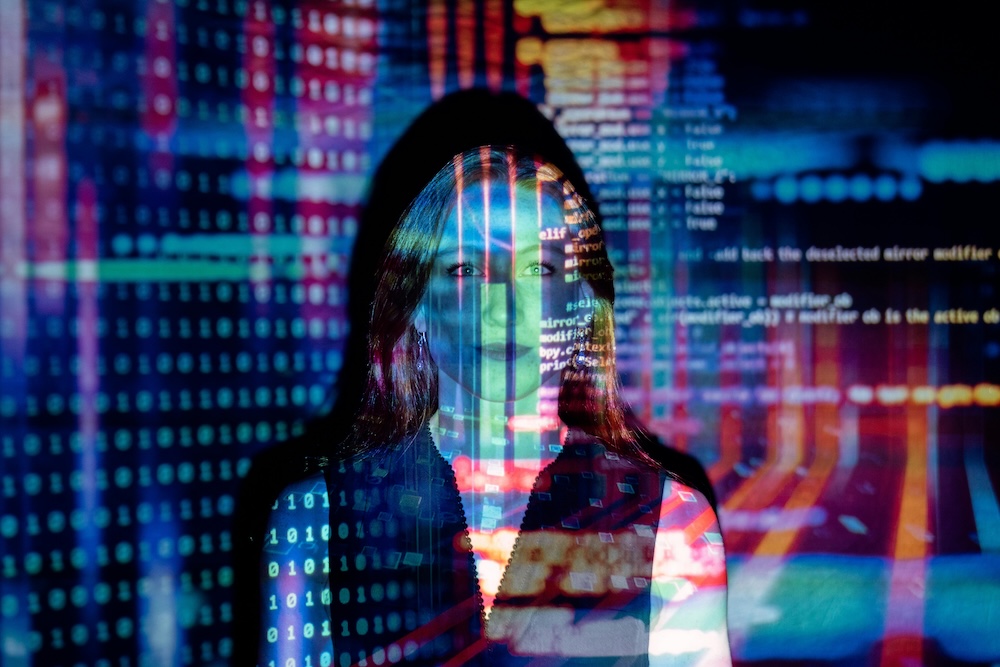Deepfakes definition and meaning | AML glossary
Deepfake definition: What it means in AML compliance.
Deepfakes are media (mostly video and audio) that have been altered or created using artificial intelligence to make it look like someone did or said something they never actually did. They’re built using deep learning algorithms that map and mimic human faces, voices and gestures with alarming accuracy. While CGI has been used in entertainment for years, deepfakes take things further by removing the need for complex manual editing. All it takes now is a few minutes of footage or audio, and the right tools can generate a fake that’s almost indistinguishable from reality.
You’ve probably seen viral examples of deepfakes floating around on social media. Celebrity face swaps, fake political speeches, or even parodies featuring public figures saying things they never said. Some are made for satire. Others, less innocently, are made to deceive. These aren’t theoretical risks anymore, they’re real, and they’re being used to commit fraud, manipulate public opinion, and tamper with trust in digital communication.
What makes deepfakes so slippery is their realism. Traditional fraud detection often relies on spotting inconsistencies: a fake passport with odd font spacing, a forged signature that’s too perfect. Deepfakes blur those lines. A video might show a company executive approving a transaction. A voice note might instruct a team member to bypass a control. The audio matches the person’s tone, cadence and phrasing. On the surface, everything checks out. But it’s completely fabricated.
What’s driving this rise isn’t just better tech but accessibility. Open-source models and online tutorials mean that even amateur fraudsters can produce convincing results. And with generative AI now part of mainstream toolkits, the barrier to entry has all but disappeared. You no longer need to be a developer or a film editor. Just someone with malicious intent.

“Recent technological advances in Generative AI (GenAI) have transformed the landscape of deepfake production in the last two years. 43% of people aged 16+ say they have seen at least one deepfake online in the last six months – rising to 50% among children aged 8-15.”
Ofcom
What impact can deepfakes have on AML compliance teams?
Deepfakes are now something you need to factor into your controls. They’re already being used to impersonate senior leaders and dupe staff into authorising transactions. We’ve seen cases where synthetic voice messages were used to trick banks into transferring funds. The voice sounded like the CFO, referenced real internal data, and gave specific instructions. By the time the fraud was flagged, the money was long gone.
This type of threat cuts across Know Your Customer (KYC), Know Your Business (KYB) and ongoing monitoring. When onboarding a client, a deepfake video call can be used to spoof identity verification. Video liveness checks and document scans can no longer be treated as bulletproof. Similarly, payment instructions over video or voice can’t be treated as automatically authentic, even if they pass all the usual verification steps.
To reduce your exposure, look at where your processes rely on trust in a visual or audio source. That might be video-based onboarding, voice authorisation of payments, or remote ID checks. You’ll need stronger second-factor verification. Biometrics like fingerprint or facial recognition can still be tampered with using deepfakes, so leaning on behavioural biometrics (like typing rhythm or mouse movement) adds a bit more friction that’s harder to fake.
Training is just as important. If your teams aren’t aware that deepfakes exist (and how convincing they can be), they’ll miss the warning signs. Think about short internal briefings showing real-world examples. Get staff comfortable with verifying through multiple channels. If something feels off, have a process that allows them to check without fear of slowing things down or annoying a senior stakeholder.
On the tech side, specialist tools are emerging. Some scan for subtle glitches in the way eyes move or shadows fall. Others look at inconsistencies in audio frequencies. But the people using deepfakes know how to test for weaknesses. So tools help, but they’re not a replacement for judgement, layered controls, and escalation paths that are actually followed.
Finally, review your policies. Most AML frameworks still assume traditional fraud typologies. Make space in your internal risk assessments for deepfake-based impersonation. Ask: how would we spot it? What would happen next? Who’s accountable for verifying authenticity when something seems off?
We’ve worked with hundreds of regulated businesses. Let’s work together.
Book your free demo of our comprehensive ID&V, KYC, KYB and AML compliance management solution today.
Hi 👋 let’s schedule your demo.
Tell us a bit about yourself.
“
The system efficiently and effectively completes our KYC and KYB verification requirements during onboarding.
Robin Kear
Senior Account Executive
